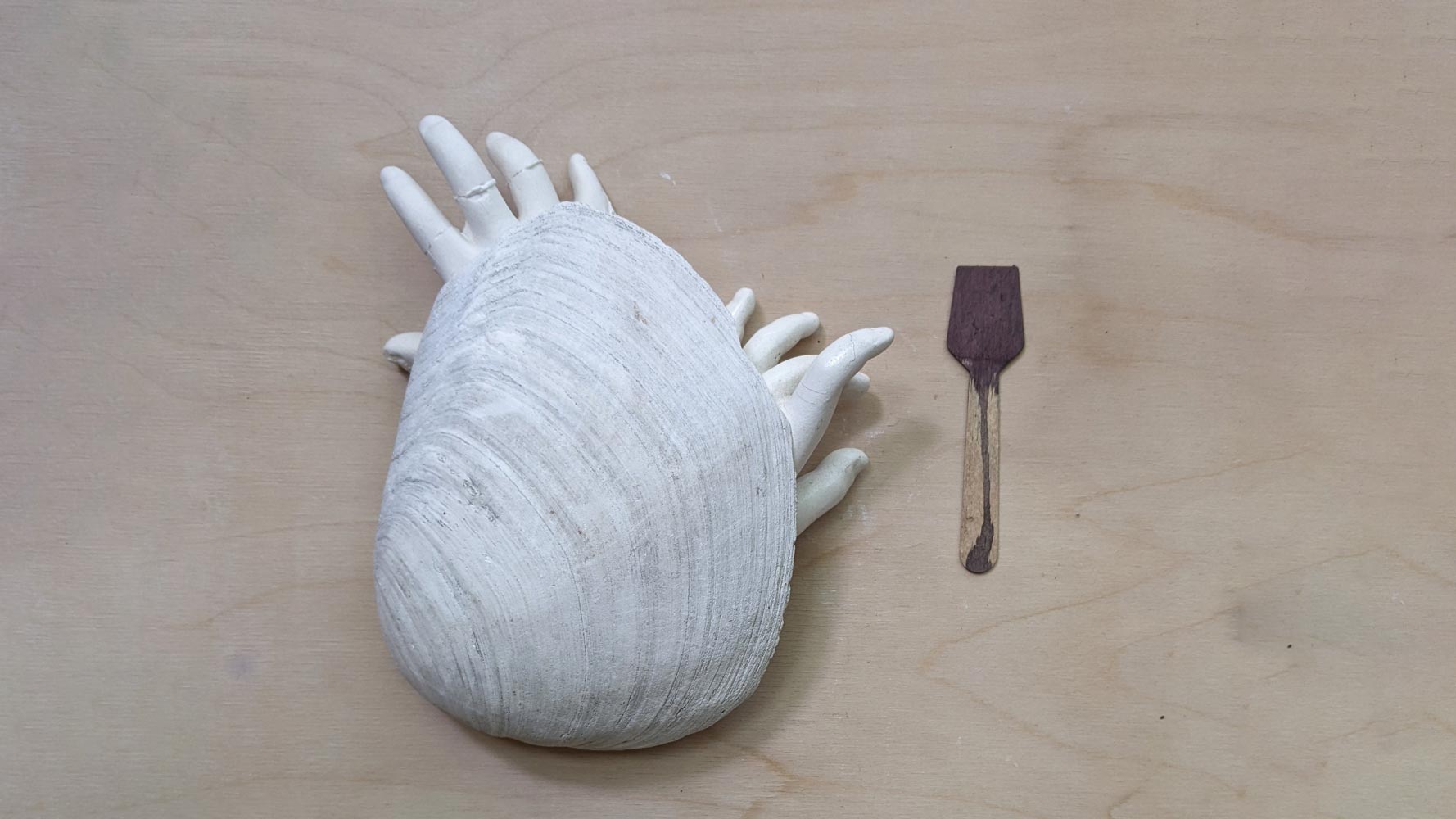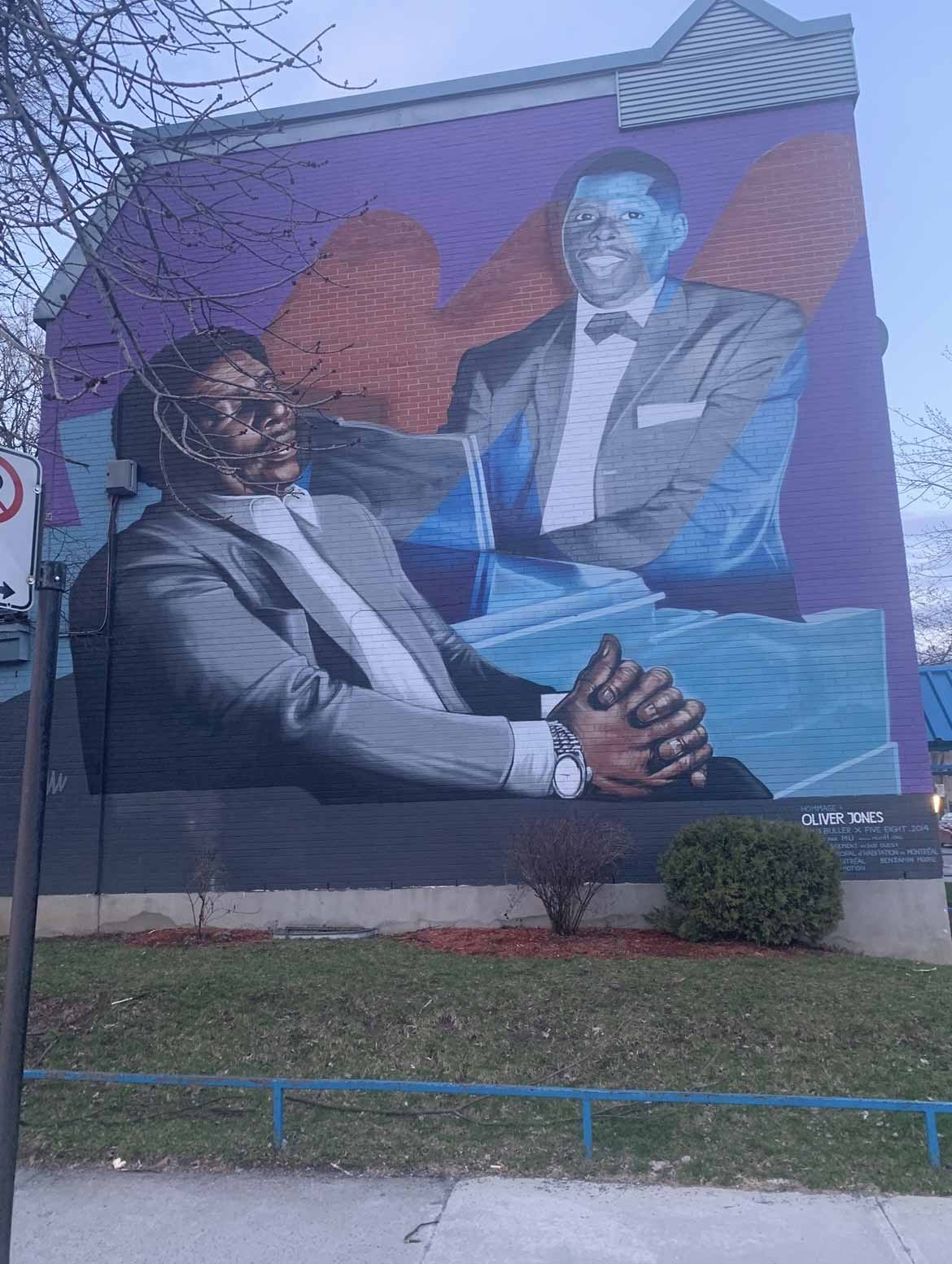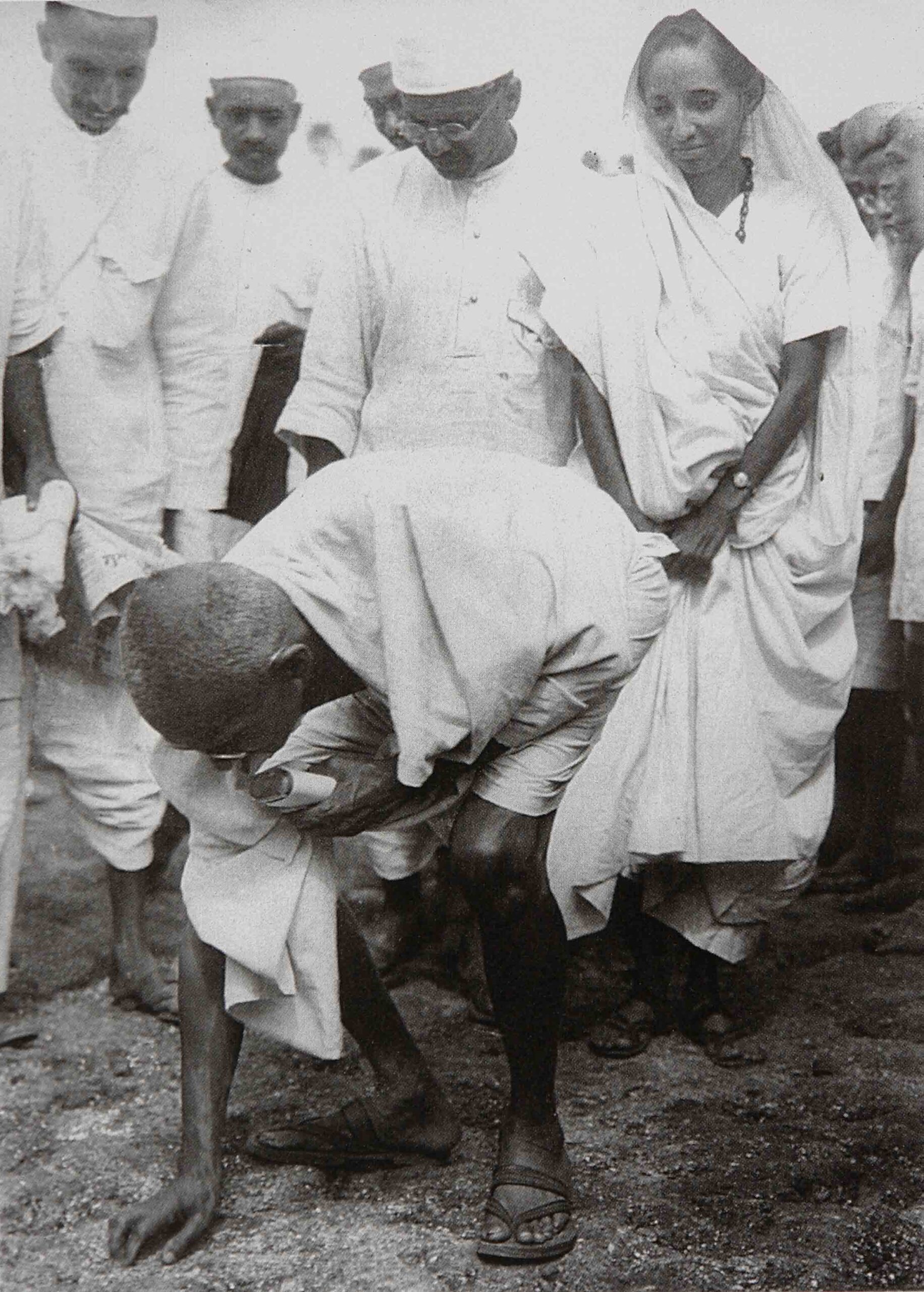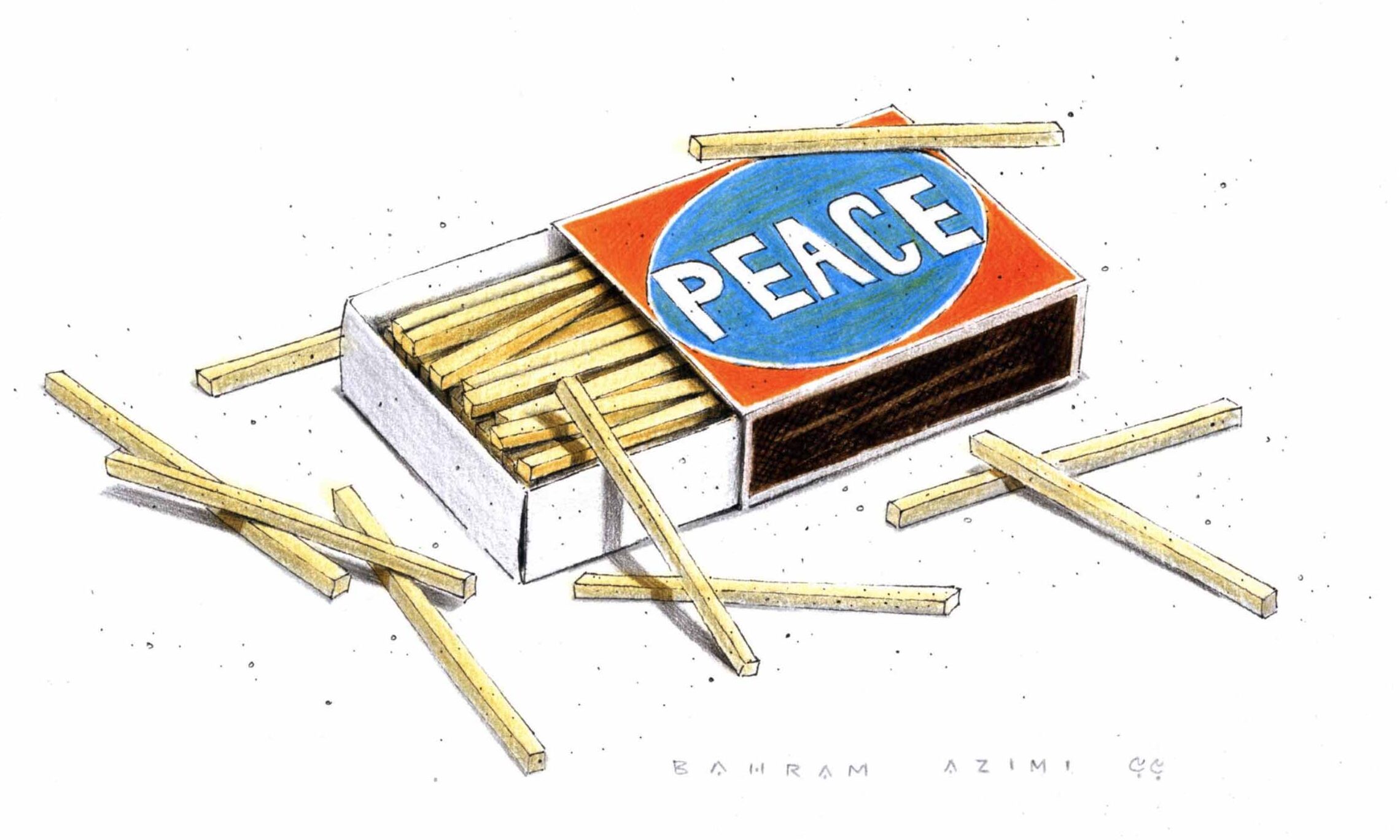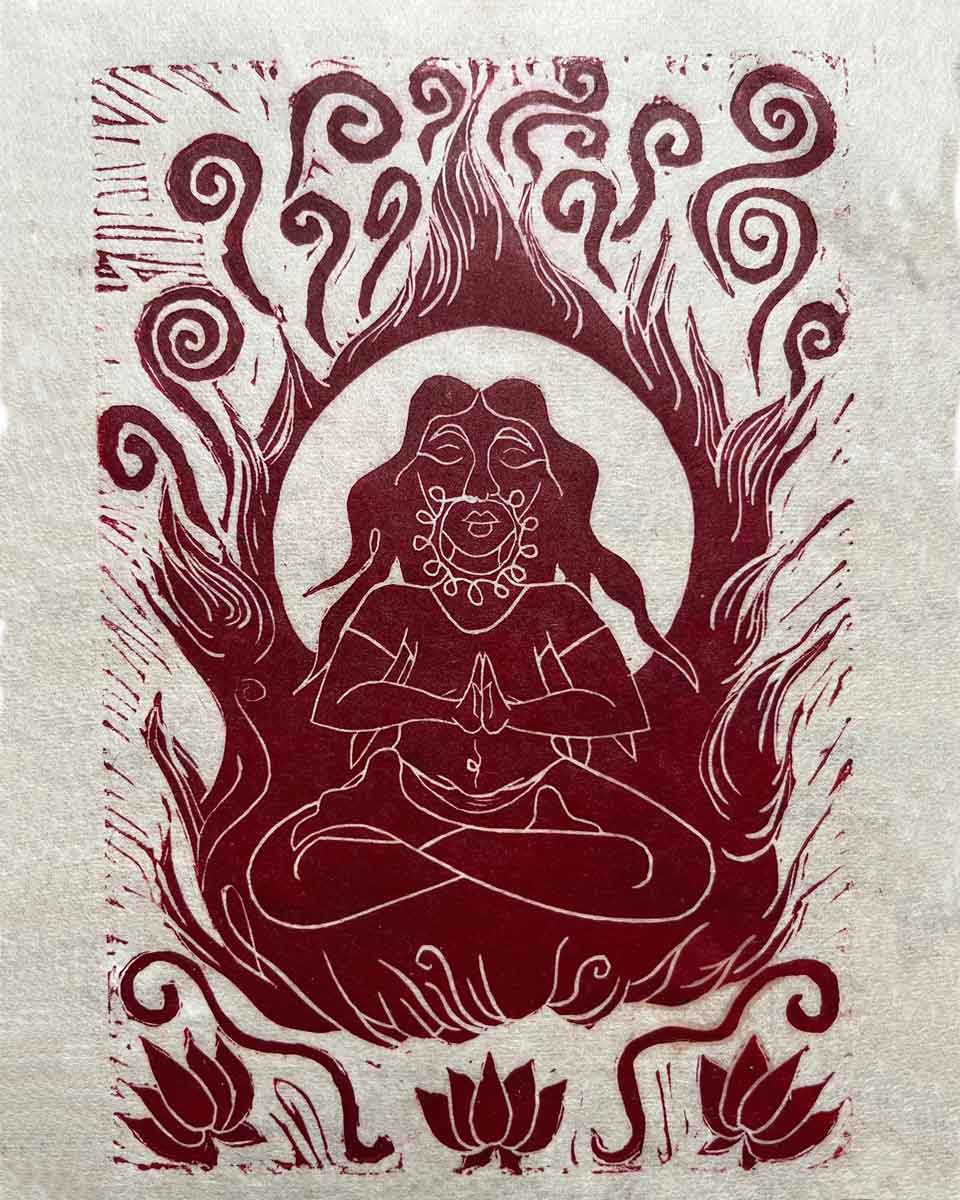Montréal’s beloved Black Theatre Workshop, Canada’s longest running Black theatre company, teamed up in February 2025 with The Great Canadian Theatre Company to co-produce award-winning playwright Rachel Mutombo’s powerful drama Vierge, directed by Dian Marie Bridge. Both known for their commitment to giving voice to culture through the arts within the African diaspora, the two companies did not disappoint with this collaboration.
Premiered at the Segal Centre for Performing Arts, the play poignantly follows the lives of four Congolese Canadian girls as they navigate religion, bodily autonomy and nuanced understandings of respectability. Vierge unpacks central themes like trust, power imbalances, faith and religious institutions, silence and suppression. In the process, it explores multiple ways in which young people can take ownership of their faith and seek answers that connect with wider perspectives than their own understandings of faith, allowing them to make informed choices that align with their developing belief systems. This is a story that I wouldn’t have missed for the world.
From the minute the lights go down, the audience is at once immersed in the ingenious stage setup. The creative team’s visualization of the set and costumes was totally familiar to me, someone who grew up in a Montréal Black community. As a child, I went to Union United Church, Bible Way and Tyndale St-Georges church with my grandmother(s) and sometimes our neighbours.
From the minute the lights go down, the audience is at once immersed in the ingenious stage setup.
The emphasis on modest clothing really stuck out for me—the long skirts and long sleeves emulating how young Christians would dress to be socially respectable to their families and demonstrate commitment and devotion to a traditional Christian lifestyle. In the play, the use of outfit-switching when the girls get dolled up for an event makes their characters’ experiences relatable, signalling ways that girls navigate notions of acceptability even today.
I remember having an ongoing battle with my grandmothers over my “style,” which my grandmothers felt was too revealing, but to me was about fashion. They felt my choices of clothing should focus on inner beauty and character, at the same time respecting my family and my relationship with God. My clothing, as far as my grandparents were concerned, had to symbolize humility and reverence. Seemingly trivial details, like the characters changing into more revealing clothing, have a significant impact on how well the production design depicts the bigger picture of what it is like growing up in the church.
Other aspects of the play’s direction and staging help us to settle into the storyline as well. For instance, the big blue doors, illuminated by the hollowing flicker of halogen lights and the stained-glass windows, present a classic church basement setting. The lighting contributes to the emotional impact of the play. Any churchgoer, past or present, would recognize the multi-use space. The stage setup reminded me particularly of the historical importance of church basements within the African diaspora, one of the foundational elements that brought people in communities together to feast, socialize, find expression in the arts and connect with one another.
The imagery brought me back to my own days of Sunday school, and it set up the storyline. The smaller details like the mini lunchroom-style tables and stacked chairs with tennis balls fitted under each leg, to stop the screeching sound of the chairs when dragged back and forth across the room for Sunday school, are common visuals in the church. A large, poster-sized world map hangs on an adjacent wall with multi-national flags that trace the big blue door’s frame: a subtle reminder to celebrate the many ways we humans come together through migration, community, religion and spirituality. Most of all, the set-dressing highlighted how community spaces in places of worship are intermeshed into the fabric of the sense of community.
Church, when I was growing up, was supposed to be the ultimate “safe space,” the place you can go to when you hit rock bottom. The place where your feelings of isolation and fear are welcomed within an environment of security, grace, abundance and the love of God. Like minds are to be found in a community of praise, but, as we come to understand over the course of the play, so is the heartbreaking reality that even with trusted institutions there can be power imbalances and abuses. Vierge further underscores why it is important to continue to have difficult conversations with peers and adults alike.
Vierge underscores why it is important to continue to have difficult conversations with peers and adults alike.
This play offers a clever depiction of how peer-centred safe spaces are important places where we can dare to dream, grow, challenge and define ourselves. Within these spaces, we can simultaneously critique cultural systems themselves in a person-centred way, in spite of our differences.
The essence of Black girl “personhood” is captured in the performances of the four characters:
Divine (Espoir Segbeaya), a naive goodie-two-shoes Christian girl looking to make friends at her new church; Bien-Aimée (Symantha Steward), a seasoned know-it-all cool girl who hides tragedy; Sarah (Joy Mwandemange) the inappropriately gossipy and hyper-critical half-sister of the fourth character, Grace (Seeara Lindsey), who, for her part, is a blended version of gossip, fun, rebellion and chaos. Together they faithfully help one another define this new version of each other.
With high hopes of deepening their relationship with Christ, the girls nonetheless turn Bible study into a gossip and hot topics session! Over the course of the play, they go back and forth with their funny and sassy teenaged banter while learning to acclimate to new cultural norms as Canadian Congolese girls—in three languages—incorporating slang and hilarious euphemisms in Lingala, English and French.
My father, who was an immigrant child himself, has often spoken about how difficult it was to adjust when he came here in the early seventies, and how he and his siblings frequently found themselves trying to balance their past lives in the Caribbean with their new lives here in Canada. Dian Marie Bridge’s artistic choices capture that essence of diasporic life and challenges.
The girls, after much deliberation, decide it is time to spice things up and teach Divine (the newest teenaged church member, who started the group hoping to make friends) how to live a little. They set out to show Divine that she can balance “being a good Christian girl” with having fun and letting loose. When sisters Grace and Sarah introduce their secret “family drink recipe,” things take a drastic turn.
The audience ends up witnessing the unfolding of different challenges faced by each cast member when the girls host an unauthorized co-ed social event and—under the influence of alcohol impaired judgement—risky decisions are made and unspoken truths revealed. Beliefs get altered, and things take a turn for the worst fast. While we are on the edge of our seats, the deeper elements at play begin to make themselves known, and an anxious, echoing sense of “oh no” takes over the theatre.
While we are on the edge of our seats, the deeper elements at play begin to make themselves known, and an anxious, echoing sense of “oh no” takes over the theatre.
Divine desperately wants to live in a world that reflects her devout beliefs about Christianity. Caught off guard when her friend Bien-Aimée reveals some dark truths about the congregation, Divine sets out to defend her friend. Upset and under the influence, Divine gets separated from the other girls, who bail when they hear that the party is getting crashed by adults. She subsequently finds herself questioning her own beliefs and morality when she is later shown a video of herself, inebriated and in a compromising situation.
Divine’s character navigates an existential dilemma—that religious institutions can be powerful, uplifting and even freeing, while simultaneously being a perfect place to hide dangerous hierarchical systems of abuse and control. Bien-Aimée struggles with silence and suppression, where even her parents prioritize saving their reputation within the church over supporting their teenaged daughter. Her voice silenced by those who were supposed to be protecting her, Bien-Aimée finds herself traversing what it means to truly own her story.
Bien-Aimée, who has been rumoured to be “promiscuous,” seems to take a liking to Divine’s innocence and naivety. Her trust in their friendship becomes a beacon of hope; at a time when everyone else has turned their backs on her as if she is a problem, Divine is the first person to believe her.
Healing is not for the faint of heart. The process can be daunting and isolating, yet these Fabulous Four find a way to prove that there is power in sisterhood and community. Grace and Sarah, half-sisters who didn’t grow up together, find themselves redefining family, their sense of belonging and renewed sense of accountability. Sarah was the product of an affair and decided to leave her mother and the family she knew to go and live with her estranged father and his family. She must come to terms with finding a new place in her family, and later builds enough courage to claim her own story, too.
Grace admits that she embellished “how far she’s gone” sexually, to seem cooler and make friends when she arrived in Canada. She fears losing her friendships and her “place on the social ladder” when Bien-Aimée gets closer to Divine. Bien-Aimée has the “bad girl” reputation even though she’s just a normal kid like the rest of them, and Grace thinks she has to prove herself so she fakes “experience” to be in with the in-crowd. She learns to accept that she doesn’t need anything extra to be enough for the right people. As they grow into themselves, the sisters find a way to work out their differences and build trust in their relationship.
∴
There is a symbiotic historical context linked in the undercurrent of this story and its relationship within Indigenous communities, the trans-Atlantic human traffic trade, the Afro-Canadian diaspora and other communities of colour. Religion and colonization, as systems, have been used to manipulate and abuse vulnerable populations. For hundreds of years, these practices have continued to marginalize, deny and erase their identities, their culture and their safety. That said, liberatory practices have been forged out of necessity and have become a way to listen to and share the lived experiences of these silenced groups. Particularly within the diaspora, as Chicago-based artist Torkwase Dyson argues, community spaces hold a unique historical context.1
Vierge got me thinking about the deeper meanings of Black liberatory practices in community spaces in Canada. I thought about my family’s lived experience and my own, as a daughter of the diaspora.
Vierge got me thinking about the deeper meanings of Black liberatory practices in community spaces in Canada. I thought about my family’s lived experience and my own, as a daughter of the diaspora. I see our capacity to “adapt” as the ultimate act of resilience. It empowers our people to take up space, evolve, and grow in community.
For me, those lived experiences, when looking through a historical lens, put adaptability in context. Surviving the crossing of oceans in small, cramped spaces in the slave trade, displaced enslaved Africans found ways of preserving some traditions from their homelands. Later on, in the abolition era they transitioned, shifting identities from “the enslaved” to the Canadian Black Loyalists and diaspora groups like the Black refugees of Nova Scotia, to the current succession of African migration to Canada.
Adaptability in spite of systems of oppression is an act of resilience that has always had a nuanced relationship with identity, liberation and places of worship. My family, some of whom were Black Loyalists of Nova Scotia, can recall the socio-economic abuses they endured before leaving the province for work opportunities in the late 60s. Excluded from full participation in society, living through segregation, many small communities formed their own churches because they weren’t welcome to worship with “non-coloureds.” My grandmother and others like her, upon arriving in Québec, had to face the triple barrier of being a woman, Black and anglophone.
From these experiences, micro Black communities learned to reappropriate these spaces, which then became places where we could share in healing through the power of our stories, in song, dance and the arts. People who come from communities of trauma are at higher risk of repeating toxic cycles if there aren’t any meaningful interventions or expressive outlets put in place. Some become “perpetuators”—those who uphold the social standards that make abuse and exploitation possible.
Vierge addresses this experience directly, highlighting a timeless, ongoing discussion. For contemporary audiences, it is a reminder of the importance of questioning authority and unpacking the conditions that hold us captive within intergenerational trauma, which encloses us in shame and guilt. The play also conveys the need to normalize the act of reporting mistreatment, demanding accountability and inviting us to imagine ways we can de-stigmatize fears and social isolation by the collective.
These questions are also relevant to Canadian socio-economic issues like the housing crisis and domestic violence. For example, the housing crisis limits people’s options to escape an abusive situation. They are less likely to reach out to their place of worship and community, out of embarrassment and shame; their voices become silenced, and they often end up stuck in their situations. Abuse and exploitation of marginalized groups and vulnerable populations are easily perpetuated when we silence people’s lived experiences.
Power structures and inequities depend implicitly on the community to support the conditions that allow them to thrive; it is the only way that they can survive. We then become complicit in our own suffering through these practices and the oppressive systems we allow to remain in social orbit.
Priceless moments of hilarious storytelling and exceptional performances anchor the serious, topical themes.
Friendship, religion, family, and betrayal—this play is an excellent representation of Black girls from the African diaspora growing up and acclimating to Canadian culture. Priceless moments of hilarious storytelling and exceptional performances anchor the serious, topical themes. I felt a mix of happy and sad tears, and experienced moments where I laughed myself into tears, witnessing an insightful examination of interpersonal relationships and political themes. As Aisling Murphy states in her Intermission magazine review (2023), “It’s no accident that Divine’s Bible study group can’t get through the book of Ruth.”
∴
I had the pleasure to be in attendance with my two young adult children, and we each found ourselves navigating an unmistakably familiar feeling of our past in these characters, all of whom resonated with different versions of our family and friends’ circles and youthful selves.
My daughter had the feeling she was back in high school: “Their sassy(ness) hit purrfect (Gen Z slang!) like it was exactly me and my friends.” My son said that he understands some of the girls from high school better now: “Sometimes I just thought they were nuts, but so were [we], me and my friends. We were all just trying to find our way.”
They both recalled the pressure of “respectability” as being a prevalent issue in high school for them. And I remembered with clarity the blurred lines I had crossed, balancing my own understanding of respectability and the emphasis on “being a good girl” as a teenager at church get-togethers.
The cast transitioned seamlessly through the emotionally charged scenes, conveying a multi-generational message—a message that when reflected upon, offers an honest and critical look into our own lives and our understanding of young adulthood within the context of innocence, betrayal and faith.
With stellar performances, excellent writing and creative mise en scene, the play explores some of the deeper currents coursing through the complexities of culture, religion, tradition, family, friendship, community, shame, guilt and liberation within the African diaspora. As the fab four in Vierge show us, healing one person at a time, despite resistance from key figures, is crucial to our evolution. If it were up to me, I would have every congregation watch this play!
_________________________
1 In a talk titled “Distance and Perception in the Wake of Climate Change” (July 24, 2019), Torkwase Dyson discusses architectural spaces, liberatory practices and the intersections of race, climate change and her recent sculptural and performance work, “I Can Drink the Distance” (see Pace Live, NY; The Cooper Union, spring 2019).
